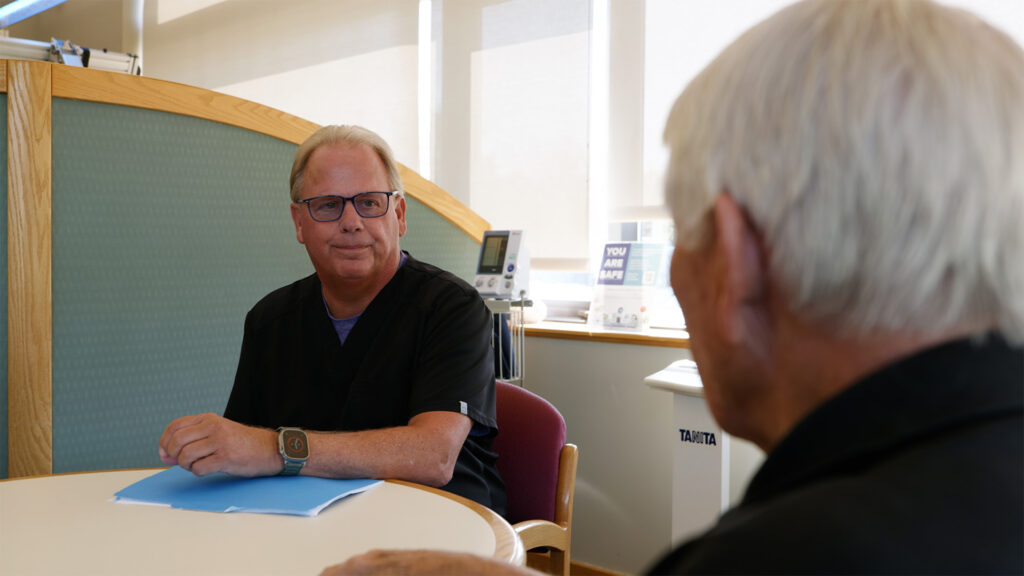Nerve disorders, a term that includes a range of nerve disorders, has long presented significant challenges for both patients and healthcare providers. Defined by symptoms such as pain, pins and needles, and numbness, neuropathy can greatly impact a person's standard of living. Traditional therapies have often relied on treating symptoms rather than addressing the root causes, leaving many individuals seeking more effective solutions.
New advancements in research, however, are bringing about a new era of hope for those suffering by neuropathy. Researchers and medical professionals are discovering innovative approaches that aim not only to alleviate symptoms but also to target the underlying mechanisms of nerve damage. As we explore these emerging solutions, it becomes increasingly clear that the future of neuropathy care holds revolutionary promise for numerous individuals navigating the challenges of this condition.
Comprehending Neuropathy
Peripheral nerve damage refers to a range of conditions caused by harm to the nerves peripheral to the central nervous system, that link the brain and spinal cord to the rest of the body. This damage can cause a number of manifestations, including soreness, loss of sensation, pins and needles, and debilitation, often impacting the arms and legs. The specific type of nerve damage is determined by which nerves are damaged, and the underlying factors can be diverse, including diabetic conditions, infections, immune-mediated disorders, and contact with toxins.
Neuropathy due to diabetes is the leading form linked to chronic high blood sugar levels, impacting millions across the globe. As the nerves endure harm over time, they can lead to complications that impact everyday life, including problems with movement and heightened sensitivity to touch. Other types, such as peripheral neuropathy, can originate from hereditary factors, resulting in hereditary nerve issues, which can be exceptionally challenging to manage.
Comprehending the various forms of nerve damage is essential for successful management and treatment. New developments in research are regularly revealing the ways behind nerve injury and offering fresh perspectives into future therapies. As we gain a deeper knowledge of nerve damage, the potential to formulate new treatments that address both the manifestations and underlying issues becomes a tangible possibility.
Latest Developments in Therapies
Latest developments in neuropathy treatment have brought new optimism to individuals suffering from this often debilitating condition. One of the among the exciting fields of research has been in the domain of restorative medicine. Methods such as cell-based therapies are being explored for their potential to repair nerve damage and restore normal function. These groundbreaking approaches aim to tackle the underlying causes of neuropathy rather than just relieving symptoms.

Another noteworthy breakthrough is the discovery of new pharmacological compounds that focus on specific mechanisms involved in nerve pain. These innovative medications not only offer comfort but also have less side effects compared to traditional treatments. For instance, compounds that modulate the activity of certain brain chemicals have shown success in reducing pain and enhancing well-being for many individuals. Research continues to iterate on these advancements, concentrating on personalized treatment plans based on individual patient needs.
Furthermore, technological innovations such as nerve stimulation techniques are gaining popularity in the treatment of neuropathy . Tools that send electrical impulses to peripheral nerves have shown effectiveness in treating symptoms and supporting recovery. These minimally invasive options provide a hopeful alternative for individuals who may not respond to conventional therapies. As research progresses, the inclusion of these technologies into standard treatment protocols marks a fresh era in the fight against neuropathy.
Individual Triumph Narratives
Numerous individuals have experienced relief from their nervous system symptoms through new treatments that have arisen lately. One inspiring tale is that of Samantha, a 45-year-old woman who battled from debilitating pain and tingling in her feet for over a decade. After testing various medications with no success, she discovered a new therapy focused on nerve repair. After a set of treatments, Sarah saw a remarkable improvement, recovering her ability to walk without pain and enjoy her daily activities again.
A different success arises from James, a ex firefighter who contended with neuropathy after years of service. His condition made it hard to engage in hobbies such as fishing and woodworking. After enrolling in a clinical trial for a groundbreaking neuropathy treatment, James mentioned a significant reduction in pain and an improvement in mobility. He is now relishing his time outdoors again, passiong his passion for fishing with grandchildren who had not seen him take part in these activities before.
In conclusion, Linda, a 60-year-old teacher, experienced a transformative shift after being guided towards a holistic approach to neuropathy management. By integrating dietary changes, physical therapy, and a new topical treatment, she was able to handle her symptoms successfully. Linda shared how the transformation not only enhanced her physical health but also raised her confidence, allowing her to interact more fully in her community and motivate her students with her narrative of resilience and recovery.
